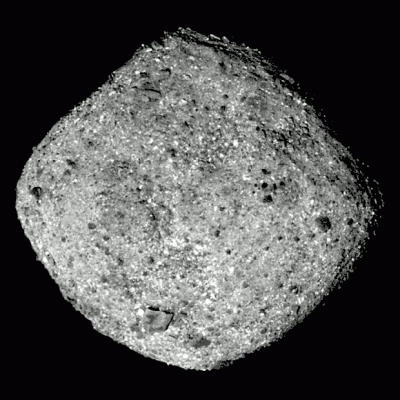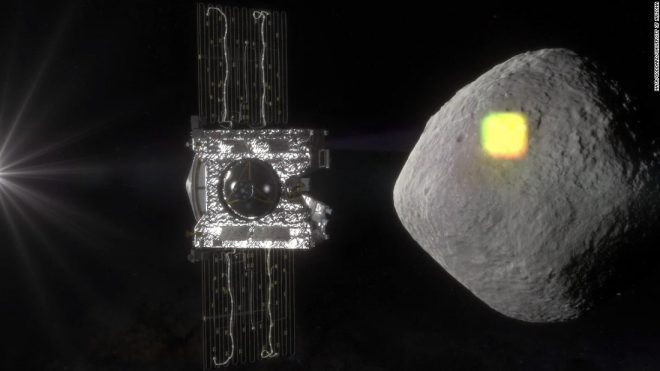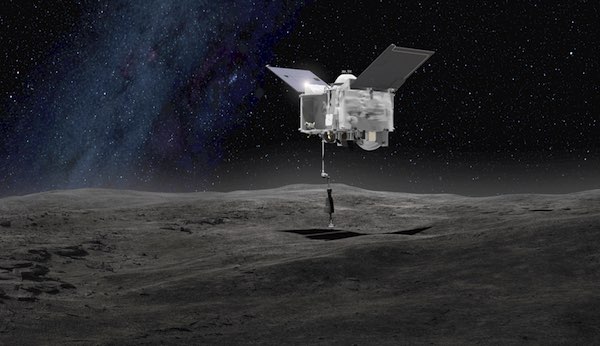OSIRIS REx, NASA’s spacecraft was launched from Cape Canaveral two years back which reached its target, Asteroid Bennu, one among the 500 thousand asteroids in the space, on Monday. Scientists are aiming to collect some sample dust from the asteroid which is believed to have provided life-preserving materials to Earth for a scientific study. The study in question involves finding the probability of life in Sun.
OSIRIX REx will is likely to make five close range aping runs before landing into orbit around the asteroid towards the end of the year. An engineer at the Lockheed Martin’s Flight Control center yelled in excitement as OSIRIS REx touched the asteroid while he was watching telemetry stream in from 76 million miles away which confirmed the critical rocket landing.
The detailed insights into NASA’s mission:
Scientists are of the belief that there are primitive bodies leftovers from the birth of the solar system some 4.6 billion years ago. The OSIRIS REx closes in on a denizen of the Kuiper belt a billion miles past ‘Pluto’.

OSIRIS REX is a convoluted acronym which stands for Origins, Spectral Interpretations, Resource Identification and Security-Regolith Explorer. This spacecraft is equipped with three cameras, two spectrometers, a laser altimeter and an X-Ray imaging system which is developed by college students.
What is the process of the scientific study and what are the results scientists are looking at?
OSIRIS REx also boasts of having a ‘touch-and-go sample acquisition mechanism’ or TAGSAM at the last end of the 10 foot long Robotic arm. After a detailed mapping and rehearsal until 2020, OSIRIS REx will stretch a robotic arm to High five asteroid and push TAGSAM which resembles an inverted pie dish which will contact the surface of Bennu. In the five minutes stint, compressed nitrogen gas will shoot into the collector which will stir up and lift some of the rocked soil. The sample is likely to be measured around 4.4 pounds which will be trapped in filters for returning to the Earth.

While its way back home, OSIRIS REx will extend the robot arm to place the sample inside an aerodynamic sample capsule and OSIRIS will wait for the Earth and Bennu to return to their basic positions in the orbits to start the trip home. According to Dante Lauretta, the Principle Investigator of the whole campaign, “We can’t leave Bennu before March of 2021, just because we have got to wait for the orbital mechanics to line up”. She further added, “So that’s about two-and-a-half years of operations at the asteroid. We only touch that asteroid for that brief, five seconds sampling contact. We are going to do everything we can to make sure e get the sample on the first attempt”.
The scientists are also planning to preserve some samples which will be subjected to two years of detailed analysis.





